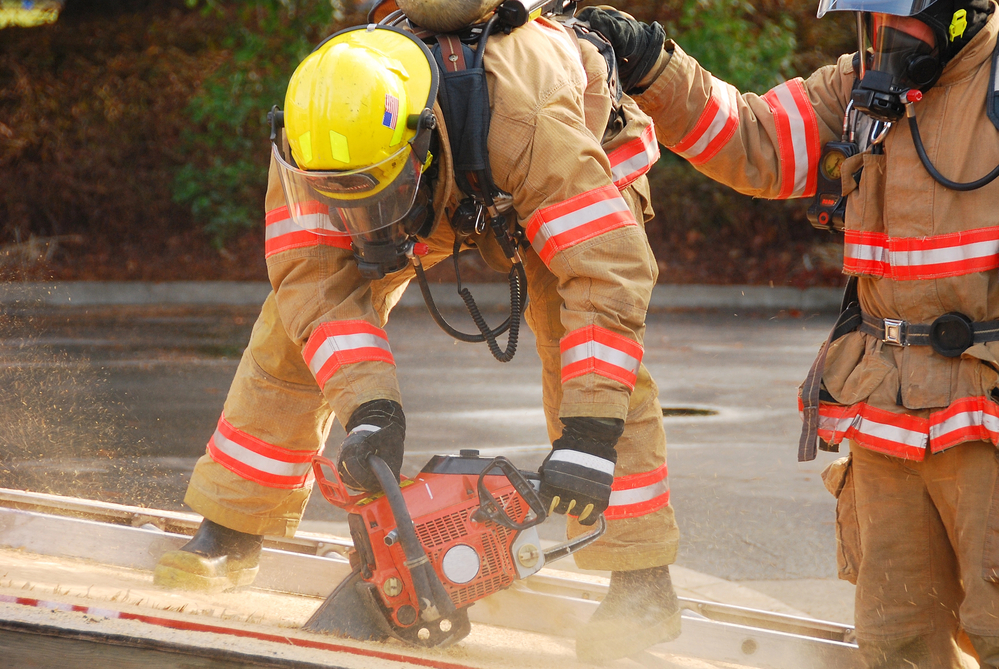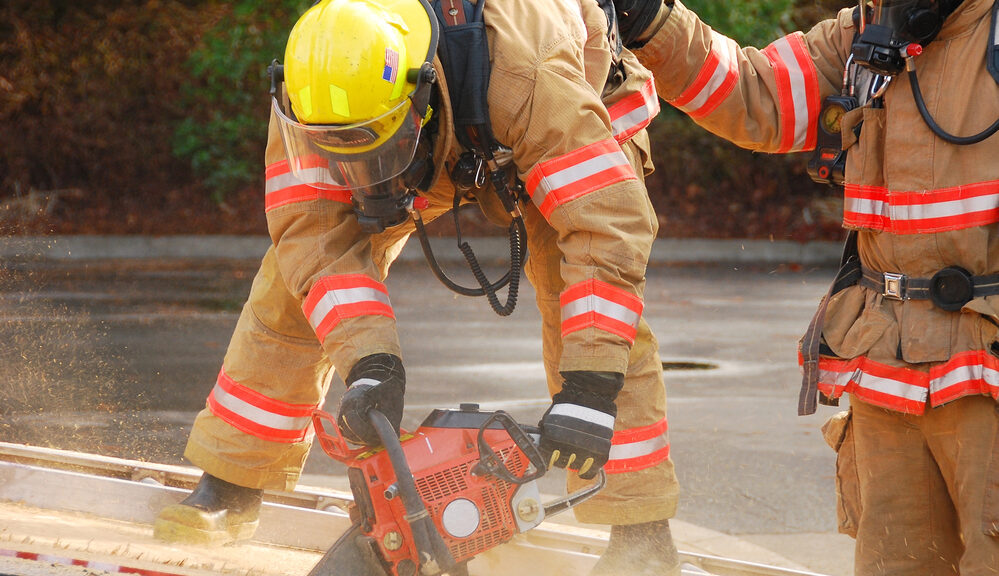
Living adjacent to Prescott’s National Forest is surely is a wonderful way to stay close to nature and enjoy solitude, but there is one drawback. Most of these areas, especially in central Arizona, are wildfire-prone. Given the dry weather throughout Spring and Summer, the local government, as well as the fire department, encourages homeowners to create and maintain wildfire defensible yards. The goal is to reduce your house’s vulnerability and minimize wildfire damage. If you firewise your house in the fall or winter season, this will help firefighters defend your property safely in the coming summer months.
Appropriate landscaping can go a long way in keeping your home safe. These tips help explain how you can minimize the risk of wildfire damage.
Use Landscaping To Protect Your Home
Experts recommended keeping the first 3 to 5 feet of the base area around the house free of plants. Avoid planting shrubs adjacent to the home as they can be easily ignited. Other materials such as organic landscaping mulch, pine needles, leaves, and straw bales should be removed as well. Installing weed fabric under landscape rock is a good idea – it keeps flammable weed at bay.
It’s extremely important to keep your lawn mowed and well-watered. For landscaping, use plants that aren’t highly flammable. The landscaping within 30ft of your home should not include more than just a few scattered plants. Make sure the trees and shrubs grown are all manicured.
Create and Maintain a Defensible Zone
A home’s defense zone is within 30 feet of the house. Remove all dead or dried vegetation, as well as any dead or dying plants, from this zone, and maintain tree branches at least 10 feet away from your chimney and other trees. Wood piles should also be removed.
The reduced zone starts 30 to 100 feet from the house or the property boundary. Make sure annual grass is clipped or mowed to a maximum height of 4 inches within this zone. Depending on the slope of the ground, create a horizontal distance between shrubs that is two to six times the shrub’s height. Depending on the slope of the land, space trees 10 to 30 feet apart.
Tree limbs that are less than 6 feet from the ground should be removed. Allow a clearance distance of at least three times the shrub’s height to the tree’s lowest branch if shrubs are growing underneath it.
Use Non-Flammable Hardscaping
This method will help build fire-safe zones close to your home, ensuring that your home is safe in the event of a fire. Stone, gravel, steel, concrete, and decomposed granite are some of the non-flammable materials that can be used for building retaining walls, planter edging, patios, walkways, and driveways.
Keep the Roof Clean
You may be taking care of all other things to firewise your yard and property, but do not forget the roof. Unfortunately, it is one of the most vulnerable structures of the house during a wildfire. Make an extra effort to remove leaves and other debris off the roof. Do check the gutters for needles and leaves since they can easily ignite.
Use fire retarding roofing material for protecting your roof and prevent fire. Keep tree limbs away from chimneys, power lines, rooftops, and other structures.
These are some great tips to keep your home safe, and we highly recommend you call the professionals at Vicente Landscaping. They can help with the more difficult tasks, such as tree-trimming and maintaining the exterior landscape areas around your home.
By preparing for a wildfire this winter, you are buying yourself and the first responders more time to effectively respond in case of a fire. By doing these simple things, it’s possible to create a survivable space and defend your house from fire damage.









